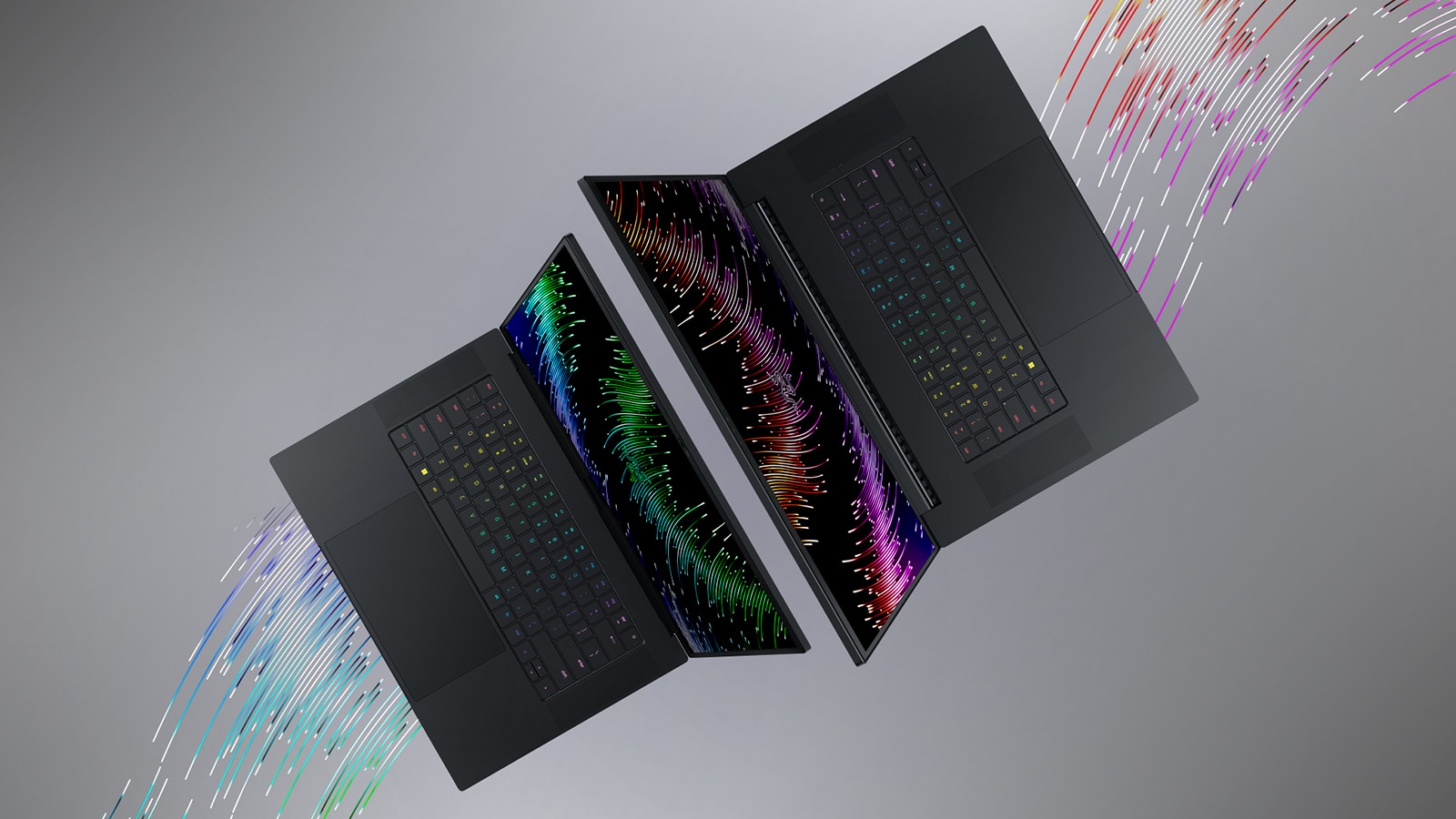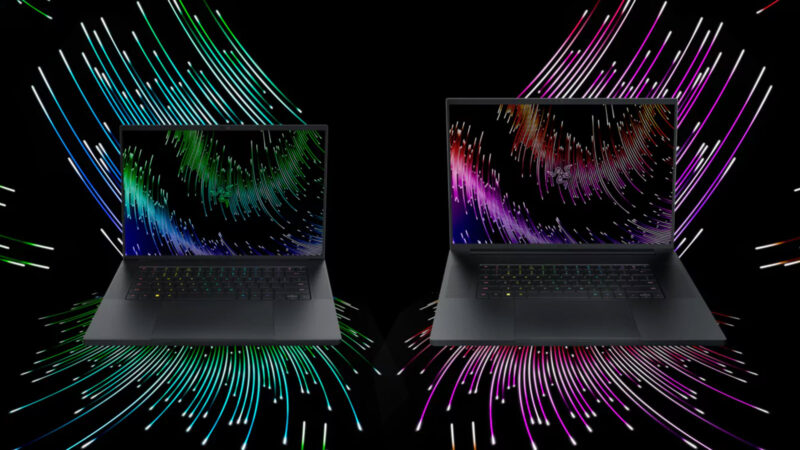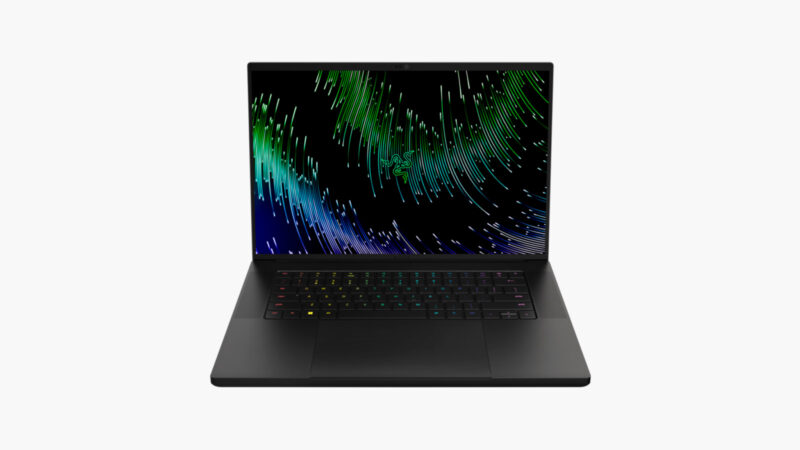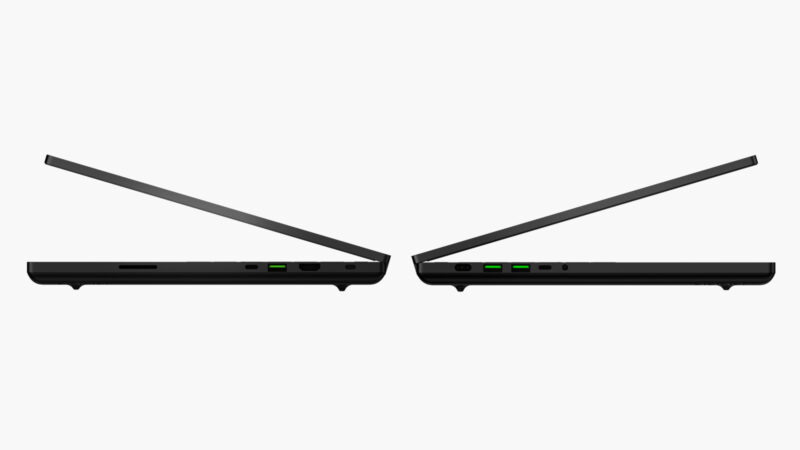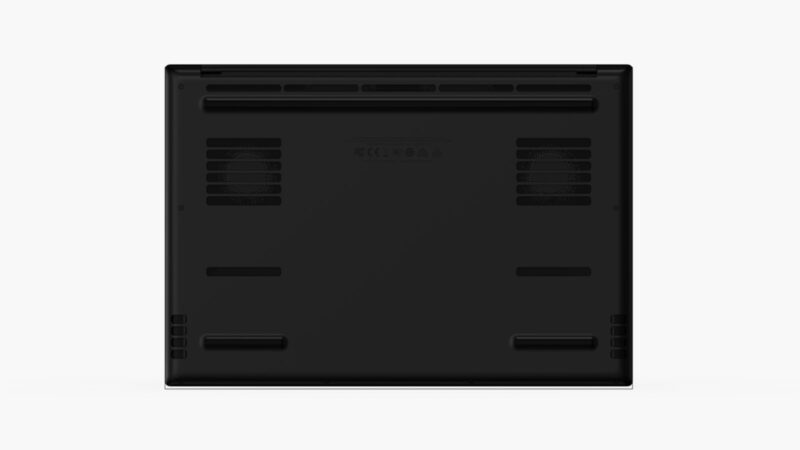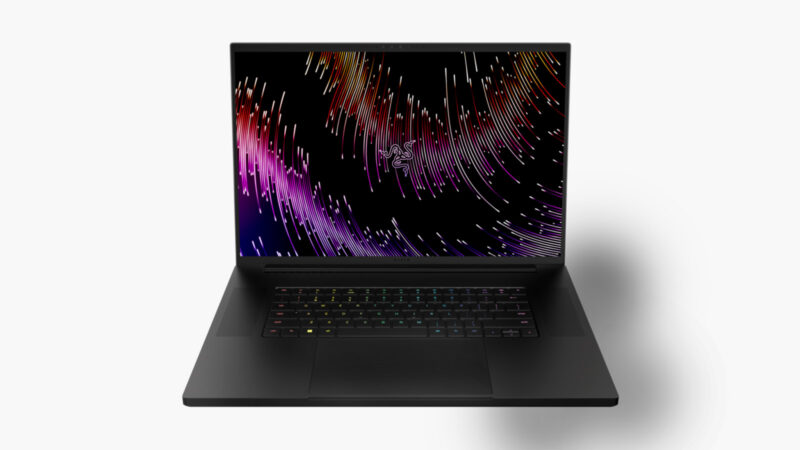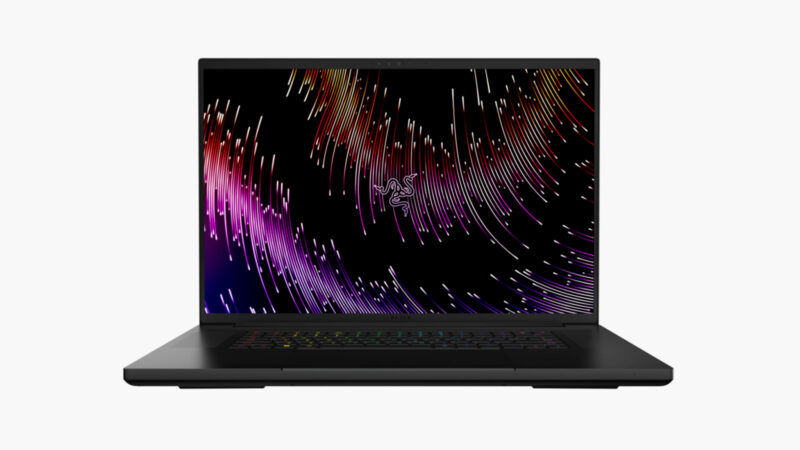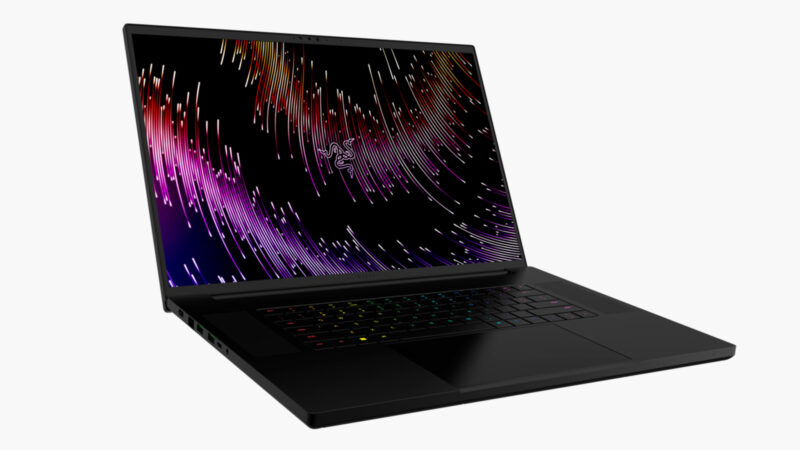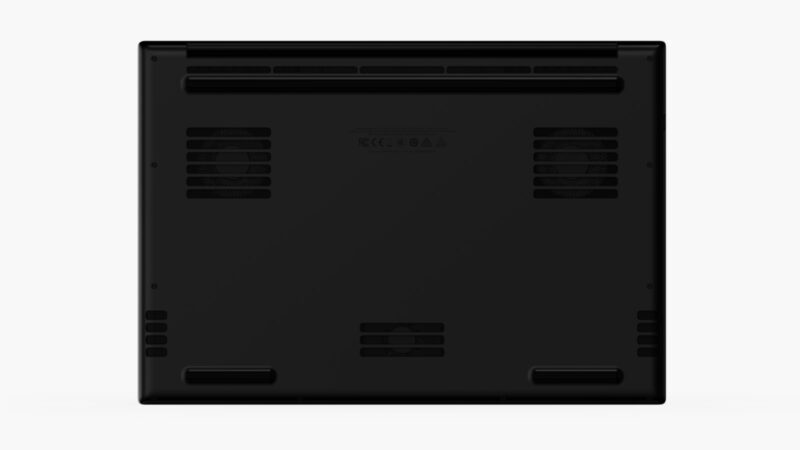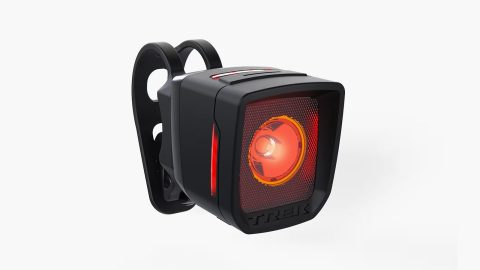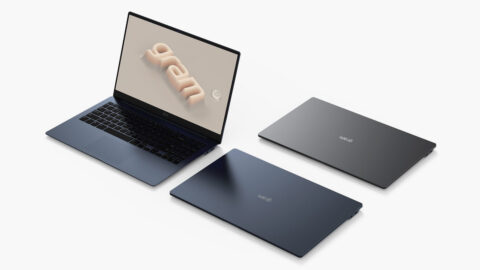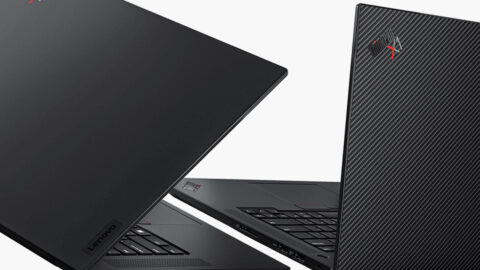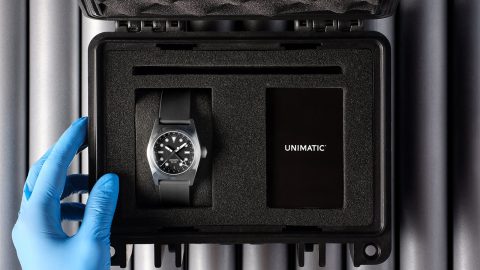Razer’s CES 2023 preview models of the Razer Blade 16 and 18 make it clear the future is bigger. Both share a few key features:
- A blazing-fast Intel Core i9-13950HX CPU
- Choice of Nvidia RTX 4060, 4070, 4080, and 4090 GPUs
- OEM 16 or 32 GB DDR5 memory and 1 TB or 2TB SSD storage that’s user-upgradable to 64 GB / 4 TB
On both models, the higher-end GPUs won’t push the screen resolution beyond its native capability. Still, they will allow gamers to enjoy advanced graphical performance, including ray-tracing and improved framerates. Both also feature the same ports: a headphone jack, one Thunderbolt port, one USB-C 3.2 Gen 2 port, 3 USB-A Gen 2 ports, one HDMI 2.1 port, and one SD card slot, though the Razer Blade 18 features an ethernet port the Blade 16 lacks.
The Razer Blade 18’s screen size also directly competes with super-premium offerings from Asus and Alienware. The Blade 18 holds its own with a QHD+ 2560 x 1600 pixel resolution, 240Hz refresh rate, Nvidia G-sync, and a 3 ms response time. Though Razer has added nearly a pound to the setup, it’s gone to good use, including a vapor chamber and liquid metal cooling to help keep critical components cool under pressure.
Meanwhile, the Blade 16’s standout feature is its optional mini LED panel. This upgrade allows users to swap between full 240 Hz 1200p or 120Hz 4K UHD resolutions on the fly and produces up to 1,000 nits of brightness – setting it up to potentially outperform the Blade 15’s vaunted OLED screen. Suddenly losing an ethernet jack doesn’t sound so bad. The Razer Blade 16 and 18 will be available in Q1 2023, starting at $2,700 and $2,900, respectively.
In other CES 2023 news, check out Withing’s U-Scan.

